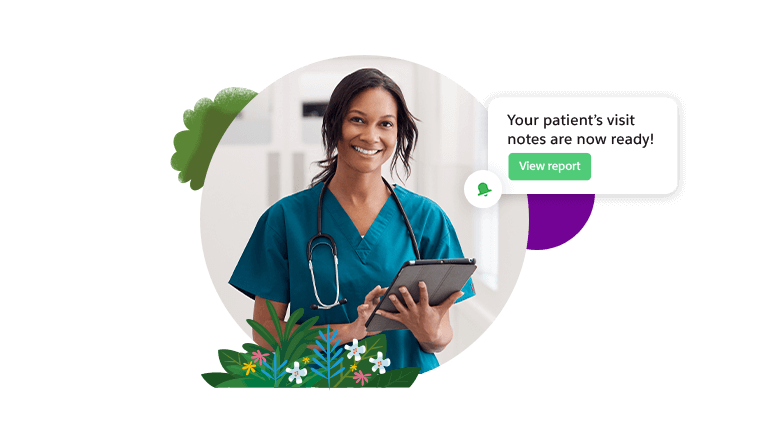
Step 3: Integrate and Scale
Discover how an integrated platform can help meet the urgent need for interoperability.
There is an increasingly urgent need for interoperability in healthcare. Delivering new models of care and meeting fast-approaching interoperability regulations require a new approach to navigating siloed systems and communicating across multiple departments.
With an API-led approach, providers and payers can connect data and systems to improve operational efficiencies, increase revenue while reducing costs, and enhance experiences while complying with regulatory requirements. Providers are able to efficiently improve the patient experience, manage sick and aging populations, and increase revenue while reducing costs — freeing up resources to focus on delivering care everywhere and competing with new entrants and mergers. Meanwhile, payers can evolve reimbursement models, develop digital engagements for preventive services and lower-cost treatments, and remain competitive in a changing industry.
- Use prebuilt integration capabilities: IT teams can use out-of-the-box connectors and templates to unlock data from core systems of record such as EHRs, databases, and ERPs.
- Accelerate innovation with APIs: IT teams can combine data and business logic to create “process APIs.” For example, a “claims history process” API allows payers to retrieve data for a comprehensive background of medical history. Or providers can use a “patient 360” API to understand where a patient is on the care journey. From there, developers can build “experience APIs” that integrate process APIs with healthcare CRM and other innovative front-end applications to provide real-time data to call center representatives from one location.
- Easily comply with new interoperability regulations: IT teams can meet new patient data-sharing requirements by building the necessary fast healthcare interoperability resources (FHIR) R4 APIs, taking advantage of prebuilt templates designed alongside provider and payer IT teams.
- Introduce new experiences: Use these APIs to quickly build web experiences and mobile platforms to accelerate IT delivery and prevent duplicative work — in turn, saving time and expense.
Connected consumer experiences yield better business outcomes, including improved customer satisfaction metrics. These include Net Promoter Scores (NPSs) for first-resolution and average handle times. Modern development tools and methodologies enable IT to build high-quality, secure, and compliant applications quickly and at scale.
- Ensure HIPAA compliance: Developers can easily design and deploy HIPAA-compliant apps using pre-existing tools that maintain privacy and control, all within a trusted network.
- Securely manage sensitive data: Data used to build multicloud apps remains private and secure via an encrypted and mutually authenticated connection.
- Personalize experiences: Seamlessly sync data between a healthcare CRM and external environments to build apps that deliver personalized and connected experiences.

CDPHP achieves a 360-degree member view.

Next: Step 4: Evolve for What’s Next
- Create Cohorts for Targeted Care
- Accelerate Care at Scale
- Streamline Communication








